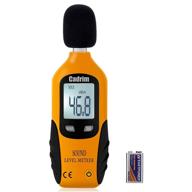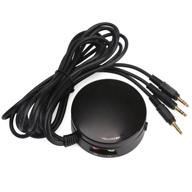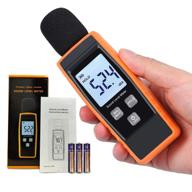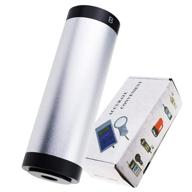
Review on 🔔 BAFX Products Pressure 30 - 130DBA Warranty by Kyle Herrera

Do not recommend this product
So our project is to organize continuous noise monitoring at a nearby industrial site. At first glance, this device seems to have the necessary features, although it's not that easy to find out. The program is easy to set up and works. You install it and then connect the device via the USB port. The good news is that when connected to USB, the device runs on USB power rather than batteries and stays on indefinitely. Exactly what we need.2. However, the functionality of the software is marginal at best. Although data is successfully logged, including timestamp data, there is no way to adjust the data collection rate: it is once per second. Period. So that means you're generating 3600 * 24 data points per day - about 80 000. Of course you can store data on a regular basis, but that means that a person has to interact with the device on a regular basis. Also, the data is stored in a proprietary format. To actually USE them, you must either import them back into the software or export them to Excel format. When you return it to the software, your viewing options are very limited. (And remember, you probably have tens of thousands of data points.) 3. However, if you have some skill, you can approach the project in a very different way - this block has data outputs labeled "PWM". and "AC". PWM or Pulse Width Modulation is very promising because you can use it in something like an Arduino and log data that way. You can also adjust the speed at which you record data, whether you average, etc. Very nice. Or you can transfer this data stream to your PC or Raspberry Pi and process it further. Maybe even use WiFi to upload to the cloud. All is well. However, in order to use PWM, you need to know a few things. First you need to know the frequency of the signals, and second you need to know the voltage level. Of course, none of these important things are listed in the manual, so you must have access to an oscilloscope. We did. So here's the important element of this review: 185 Hz frequency. The voltage level is 3.3V. Now you can take this signal to the Arduino and write your data. We did it and it works. As the noise gets louder the duty cycle increases and knowing the above information you can calculate the noise level in dB. It works.4. However, the AC input is less transparent. The "manual" says this is a 4Vrms signal. However, we have never seen anything like this. Even with an input level of 70 dB, the AC signal was less than 100 mV. So we don't know if this channel has bad inputs or what's wrong. The other thing we learned is that the response of this "AC" channel depends on the frequency of the sound being measured. Using a signal generator and an oscilloscope, we could observe an increase in the frequency of the signal with the frequency of the noise. (And by the way, the amplitude of the measured signal also seemed to increase with the frequency of the noise.) So, with a multi-frequency signal (e.g. speech), the output on the AC channel turned out to be noise, but there was the sum of all of them frequencies in the noise spectrum. So my guess is that you can figure out your noise spectrum by plugging the unit's AC output into a frequency analyzer. Since this was not our interest, we did not pursue it further. However, this signal NEVER came close to 4V.5. For us, the most recent event was the LCD display failure within two weeks of receiving this unit. Essentially most of the segments were gone and could only be restored by pressing the front corner of the plastic cover. Of course, this is impractical and while this device has most of the qualities we wanted, we decided to return it. Conclusion: We cannot recommend this device. It works and it has the ability to log data in its proprietary software. The PWM output works (although we haven't made a detailed assessment of its linearity, etc.). AC output doesn't seem to make sense. Finally, proprietary software has serious limitations.
- Very good price
- Good but not great
New products
Comments (0)
Top products in 🎤 Sound & Noise Meters
Another interesting products
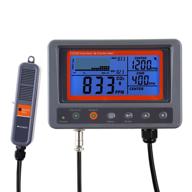
🔍 Dioxide Controller for Digital Gas Monitoring

5 Review
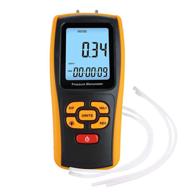
Portable Handheld Manometer 📏 for Accurate Pressure Differential Measurement

5 Review
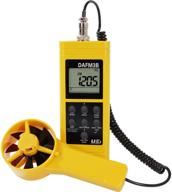
🔧 UEi Test Instruments DAFM3B Digital Multimeter

6 Review
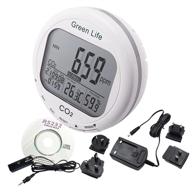
🌬️ Advanced 3-in-1 Indoor Air Quality Monitor with CO2/RH/Temp Data Logging and Audible Alarm - NDIR Sensor Technology

8 Review


